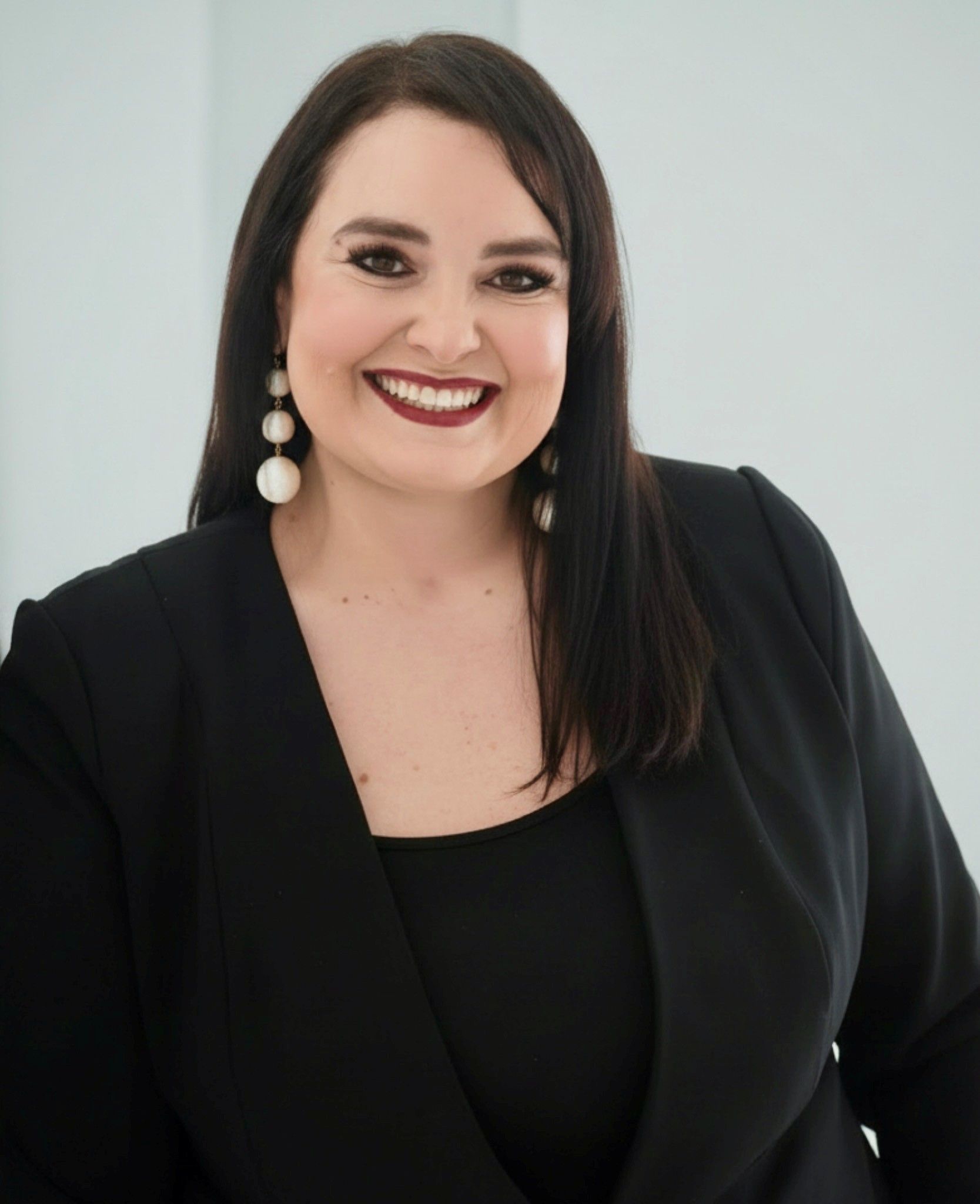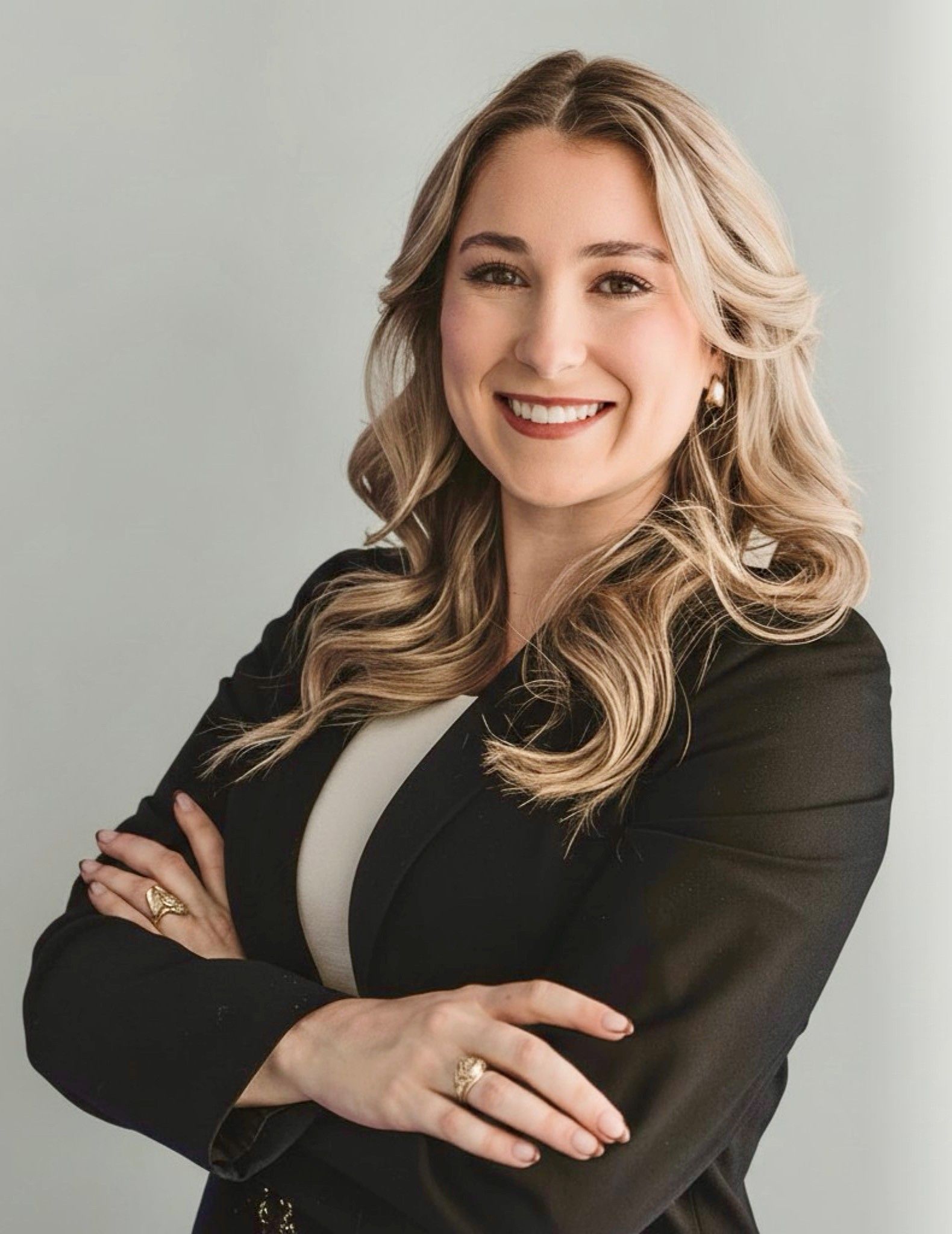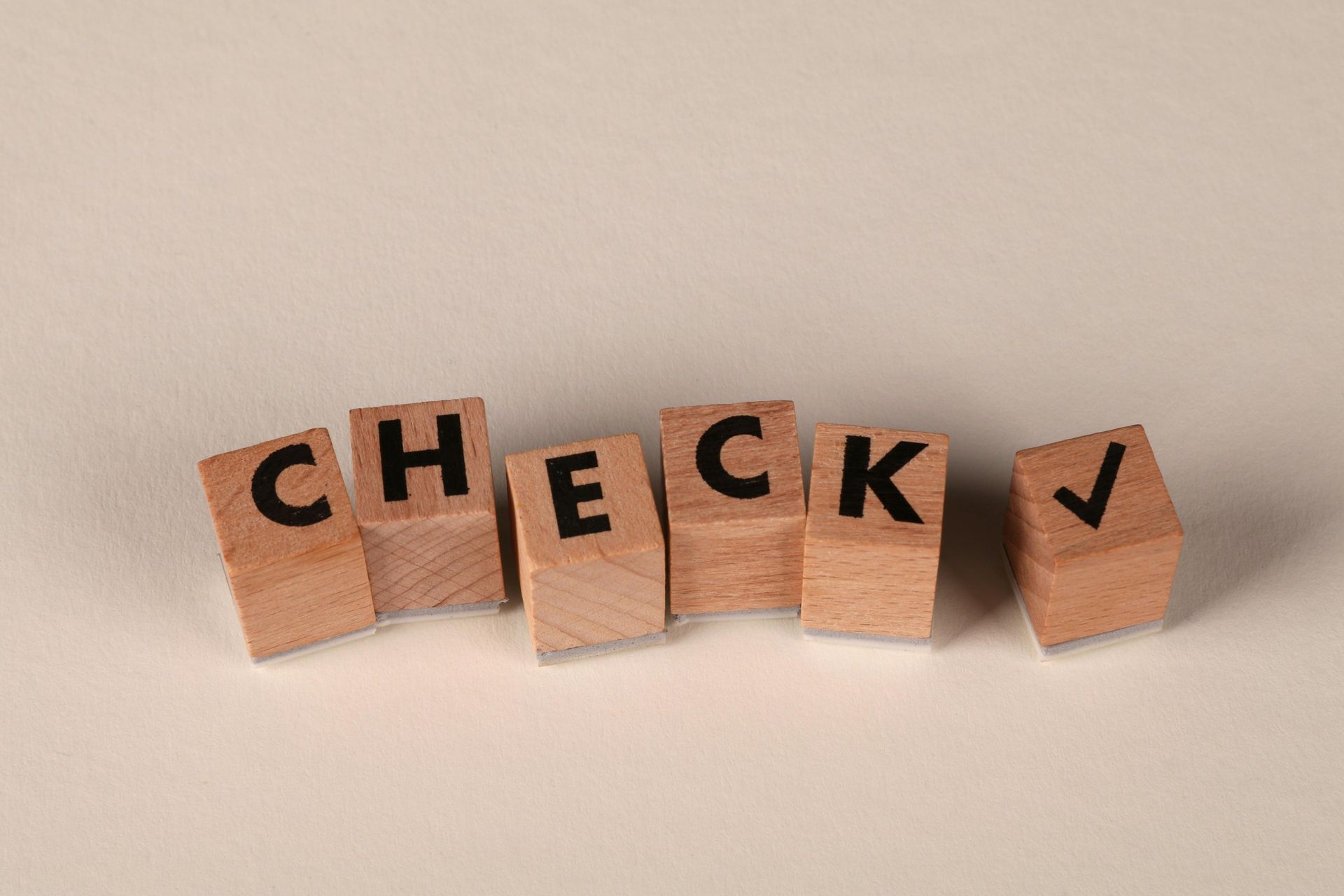Likelihood of Confusion Fame and Dilution Fame
ATTORNEYS IN DALLAS
The significance of fame in trademark law, its varying implications on likelihood of confusion and dilution claims, and how recent court rulings have influenced its evaluation.
Likelihood of Confusion Fame and Dilution Fame
Trademark law recognizes that a mark being deemed "famous" can provide advantages to the registrant or applicant and expand their trademark rights. However, it's important to note that the legal definition of "fame" differs when assessing likelihood of confusion versus a dilution claim. The United States Court of Appeals for the Federal Circuit (CAFC) has clarified that the fame of a mark, as the fifth factor in the DuPont analysis, should be evaluated based on the class of customers and potential customers within a specific product market, rather than the general public. This perspective considers consumers of similar products and assigns reasonable weight to the "fame" factor in the overall likelihood of confusion analysis. Conversely, under a dilution claim, fame is an all-or-nothing test—it either exists or it doesn't. In likelihood of confusion analysis, fame is assessed on a spectrum from weak to strong.
The CAFC's ruling in Joseph Phelps Vineyards, LLC v. Fairmont Holdings, LLC led to a remand of the case to the Board to reassess it based on the proper standard of analysis. Additionally, in a concurring opinion by Judge Newman, it was highlighted that the Board had failed to consider the actual use of the mark by Fairmont Holdings, LLC, which is relevant to the likelihood of confusion analysis. Trademark practitioners are aware that the Board often disregards marketplace conditions and primarily focuses on the identification of goods, rather than considering marketplace realities. However, the concurring opinion emphasizes that the use of the mark on the product should be taken into account within the totality of the circumstances. In assessing commercial impression, consideration of actual use ensures that the Board considers the breadth of a standard character mark, as observed from the consumer's perspective.
Furthermore, the CAFC determined that the evidence of relatedness should be evaluated on a sliding scale. For more information on how fame impacts likelihood of confusion, the firm's blog titled "TTAB-Precedent How Fame Impacts A Likelihood Of Confusion Determination" can be referenced.
In the context of a dilution claim under the provisions of the Trademark Act, a mark must achieve a higher level of fame compared to the fame required for protection under a likelihood of confusion analysis. To succeed in a dilution claim, the party must demonstrate that when the general public encounters the mark, they associate the term with the mark owner. For a successful dilution claim under Section 43(c) of the Trademark Act, the party needs to establish: (1) ownership of a famous and distinctive mark (inherently or through acquired distinctiveness); (2) defendant's use of a mark in commerce that allegedly dilutes the famous mark; (3) the defendant's use of the mark started after the plaintiff's mark became famous, and it remains famous at the time of trial; and (4) the defendant's use of the mark is likely to cause dilution by blurring. Factors relevant to a dilution claim include the extent, duration, and geographic reach of advertising and publicity, whether the mark owner or a third party promoted the mark, the volume and geographic extent of sales, recognition of the mark, and whether the mark is registered on the Principal Register.
When assessing whether a mark is likely to cause dilution by blurring, the following factors are pertinent: (1) similarities between the marks; (2) the level of distinctiveness of the famous mark; (3) the extent of substantially exclusive use of the famous mark; (4) the degree of recognition of the famous mark (level of fame); (5) whether there was an intended association with the famous mark; and (6) any actual association between the marks.
Contact an Experienced Trademark Attorney
If you need legal advice regarding your trademark rights, assistance with trademark prosecution, or representation in a domain name dispute, contact Wilson Whitaker Rynell. Our team of trademark lawyers has extensive experience in all aspects of trademark and copyright law, including the filing of trademark applications and representing clients in defense or prosecution before the Trademark Trial and Appeal Board.
- 66(a) Applications
- Abandoning a Trademark Application or Withdrawing a TTAB Proceeding
- Abandonment and Nonuse
- Abbreviations as Trademarks
- Accelerated Case Resolutions
- Acquired Secondary Trademark Meaning
- Amending Trademark Application
- Assigning a Trademark
- Assigning a Trademark and the Intent to Use Application
- Avoiding Fraud on Trademark Applications
- Avoiding Trademark Litigation
- Basis for Filing a Trademark
- Benefits of Registering a Trademark
- Bona Fide Intent to Use
- Celebrity Trademarks
- Challenging the Relatedness Factor
- Challenging Trademark Rights
- Claims in a Notice of Opposition
- Co-Existence Agreements
- Common Law Trademarks in the Internet Era
- Common Law Use and Priority
- Conflicting Marks
- Consent Agreements
- Constructive Use Priority
- Dates of Use
- Defenses in Opposition and Cancellation Proceedings
- Descriptive or Generic Trademarks
- Design Marks
- Design Trademarks
- Determining Trademark Similarities
- Discovery in TTAB Proceedings
- Dividing a Trademark Application
- Drawing Page
- Electronic Display Specimens for Trademarks
- Evidence in TTAB Proceedings
- Evidence of Acquired Distinctiveness
- Expediting Trademark Cancellation for Nonuse or Abandonment
- Extending Time to Oppose
- Factors of a Likelihood of Confusion Analysis
- False Suggestions of Connection
- Famous Trademarks and Likelihood of Confusion and Dilution
- Filing an Opposition or Cancellation Proceedings
- First Sale Doctrine
- Five Years of Use
- Foreign Trademark Rights
- Generic Trademarks
- Geographic Trademarks
- Hiring Trademark Counsel
- Immoral and Scandalous Trademarks
- Incontestability of U.S. Trademarks
- International Trademark Filings
- Joint Trademark Ownership
- Lawful Use of a Trademark in Commerce
- Likelihood of Confusion Analysis
- Likelihood of Confusion Refusal
- Merely Descriptive Trademarks
- Multiple Bases for a Trademark Application
- Overcoming and Ornamentation Trademark Refusal
- Personal Name Trademarks
- Principal and Supplemental Registers
- Protecting Single Creative Works
- Recording Trademark Assignments
- Refusal of a Trademark
- Refusing a Trade Dress Application
- Registering a Certification Trademark
- Registering a Service Mark
- Registering a Trademark That Lacks Inherent Distinctiveness
- Registering an International Trademark
- Relatedness of Goods or Services
- Request for Reconsideration in Trademark Office Action
- Requirements for International Trademark Application
- Revive an Abandoned Trademark Application
- Secondary Meaning
- Source Confusion
- Special Trademark Applications
- Standard Character and Special Format Marks
- Standing in Opposition and Cancellation Proceedings
- State Trademark Registration
- Statement of Use Extensions
- Tacking Doctrine
- Technical Trademark Use
- The Supplemental Register
- Trade Dress
- Trade Dress Application
- Trademark Application
- Trademark Clearance Searches
- Trademark Disclaimers
- Trademark Licensing
- Trademark of Authors, Performing Artists, and Characters
- Trademark Ownership
- Trademark Protection In Texas
- Trademark Settlements
- Trademark Specimens
- Trademark Specimens
- Trademark Use by Related Company
- Trademark Use in Advertising
- Trademark Use in Commerce
- Trademarking a Distinctive Mark
- Trademarking a Hashtag
- Trademarks for Musical Artists
- TTAB Discovery Rules
- TTAB Proceedings
- U.S. Service Mark
- U.S. Trade Dress
- Understanding Trade Channels
- Unitary U.S. Trademark
- Universal Symbols as Trademarks
- Using Secondary Sources
- What is an Ex Parte Appeal?
- Where to Register a Trademark
- Who Must File a Trademark?
CLIENT MATTERS
5,000+
YEARS OF SERVICE
25+
Award Winning
Recognized in the legal industry as dedicated board-certified lawyers and Rising Stars.
Expert Team
Your project will be handled by legal experts every time. You will have the most experienced attorneys working for you.
Quality Representation











